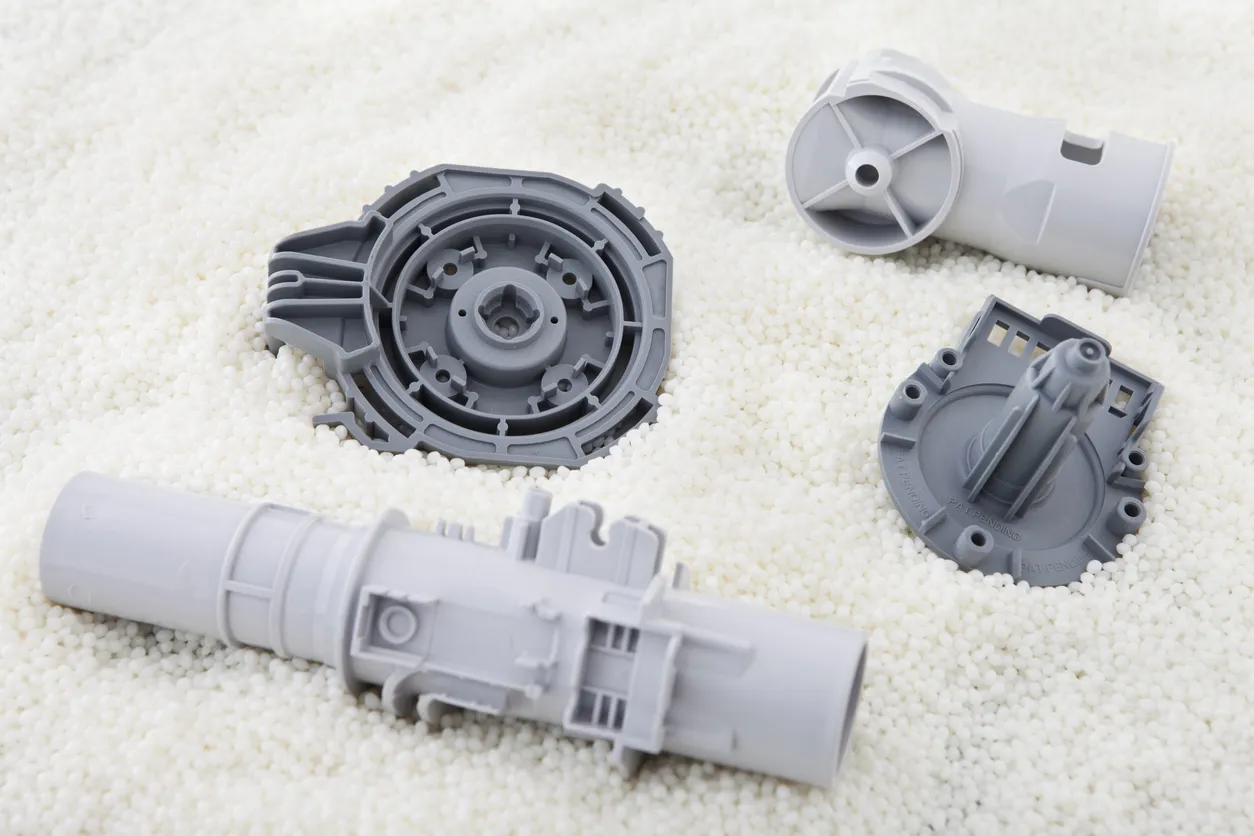by Kristina Drake
In this third installment of our series of interviews with experts, we speak with Chris Blake, simulation expert and Director of New Product Development at Maya HTT.
Missed our previous conversations? You can still listen to our interviews with Scott Peters and with John Bozzelli.
Chris led the team of developers and mold engineering experts that brought SimForm to market. In this conversation, he gives a brief overview of how SimForm Feasibility Analysis works, explains the motivation for developing this new tool, and explores the industry challenges it was designed to address.
A scientific approach to cooling simulation
Feasibility analysis is SimForm's newest capability. With it, you can pinpoint which areas of a plastic part will be difficult to cool, and estimate the cooling cycle time and thus part cost. As Chris explains, it's a very fast analysis to run: all you need is the CAD of the plastic part, its material, and the material of the mold — that's it.

SimForm Feasibility essentially emulates a well-designed cooling channel network. Rather than modeling the plastic rejecting heat to a constant mold temperature, it generates a metal skin around the plastic, at the distance a typical channel would be drilled, and simulates the heat rejection through that metal to the cooling water. This accounts for the difficulty in cooling small recesses and the thermal inertia of the mold, which is more accurate than what is provided by the traditional mold flow simulation software.
The simulation runs in minutes and offers actionable insights (e.g. identifying hot spots, long freeze times, and problematic wall thickness variations) that OEM part designers can address long before steel is cut.
Chris emphasizes that this approach reduces reliance on generic guidelines and hand-waving during early design reviews. Instead of vague guesses about what “might” be a problem area, teams get clear, visual results based on real material behavior and physics-based cooling estimates.
The challenges behind the idea for SimForm Feasibility
Feasibility analysis is part of the SimForm team's efforts to make easy yet actionable cooling simulation results available to more people within the plastic injection industry.
Once the team realized that there was an opportunity to offer a real additional value to molders and part designers early in the process, before the mold is even designed, they set to work developing SimForm Feasibility.
The goal was never to replace high-end mold flow software, which has its place. Instead, SimForm democratizes critical thermal insights for anyone working in design, quoting, or early tool engineering — and without the lengthy setup time, high licensing costs, or deep simulation expertise typically required for traditional plastic insert molding simulation software.
SimForm Feasibility helps fill a long-standing gap in the product development cycle: the period between part design and initial mold layout, where early decisions can either set the project up for success or lead to costly rework.
Giving molders a competitive edge
Molders faced with production throughput requirements often build buffers into their quotes. For example, to be on the safe side, they might report higher cycle times, even though this might make their quotes less attractive. Giving molders the ability to predict cycle times using science-based simulation would make it possible for them to prepare more competitive bids with confidence.

Furthermore, when the OEM and mold makers have different objectives, efficiency is lost and time-to-market compromised with lots of back-and-forth and multiple iterations. But with cooling simulation, the results provide concrete numbers that can be used as the basis for discussion and decision making.
Molders can spot inefficiencies early and suggest targeted cooling strategies like baffles, inserts, or conformal features by simulating mold cooling performance upfront. These kinds of solutions wouldn’t necessarily be obvious from a manual CAD analysis alone.
It also provides molders with a tangible differentiator during the RFQ process: objective data that sets them apart from competitors relying on trial-and-error or anecdotal quoting methods.
Streamlining part designers' workflows
Complex part designs make it difficult to discern, based on intuition alone, the features that will lead to longer cycle times and more expensive mold tooling.
There is constant pressure to be the first to market, but when multiple design iterations are needed to incorporate feedback from the manufacturing supply chain, the time to market increases.
Designers may not have the time or expertise to conduct complex and expensive simulations: they need a front-end cooling simulation tool.
SimForm Feasibility gives designers a fast, easy way to check thermal viability as they explore part geometry, wall thickness, and resin selection. It’s like having a second set of eyes — grounded in heat transfer physics — right in the design phase.
Building on the benefits: SimForm Design
SimForm Design builds on the savings offered by SimForm Feasibility. Mold designers can simulate the efficiency of the cooling layout as they design, making suitable trade-offs between ejectors, actions, and water lines. They can also use simulation results to assess the benefits of certain cooling features, like Beryllium Copper inserts or conformal cooling.
SimForm Design is also useful when troubleshooting issues on the production line, especially with retrofit molds, or when trying to achieve cycle time reduction targets. Understanding through simulation where hotspots manifest in the mold allows Tooling Engineers to request updates to the mold design.
Easy, actionable cooling simulation results
If you design plastic parts, you stand to gain from an implementation of SimForm’s compression and injection molding simulation and Feasibility analysis within your workflows and processes. Everyone in the industry benefits:
- Part designers and tooling engineers at a plastic part OEMs
- Cost estimators and tooling engineers at plastic injection molders
- Tooling managers at a mold maker
SimForm Feasibility enhances design-for-manufacturing (DFM) practices by anticipating cooling challenges introduced by a plastic part design.
SimForm Feasibility increases confidence in production run quotes and accelerates the time to market by reducing the back-and-forth between OEMs and their supply chain.
Try SimForm for yourself. Request a free trial today.